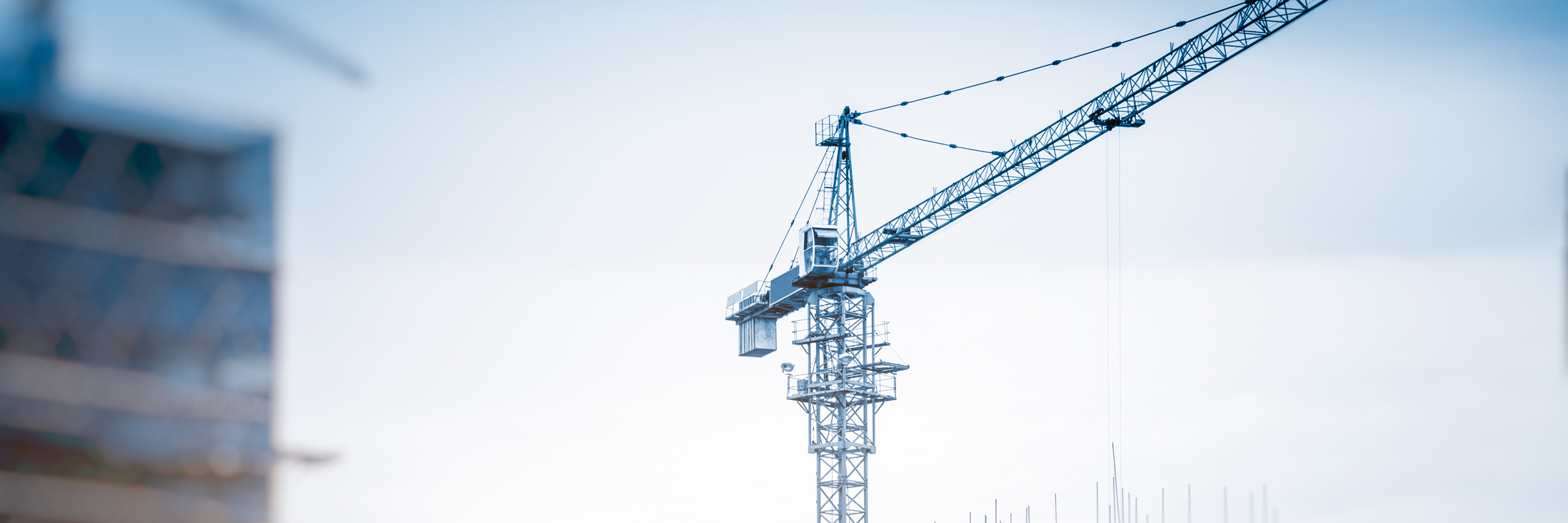When a loss event badly damages a key piece of equipment or machinery, an insured business often faces the complicated question: repair or replace? This is especially so when the extent of the damage is unclear because some may still be hidden.
A business presented with this dilemma is well advised to go through that decision-making process assuming that it is spending its own money.
In all likelihood, however, the business will have insurance for the loss event, and most commercial property policies are written on a “replacement cost” basis. Yet, those policies often define “replacement cost” as being the lesser of “the cost to repair, rebuild or replace” the damaged property with property of comparable size, material and quality. They commonly include coverage for the loss of business income sustained by the insured due to the suspension of the insured’s business during the “period of restoration,” and tie the length of that period to the date when the damaged property should be “repaired, rebuilt or replaced” with reasonable diligence.
These standard commercial property provisions contain a trap for the unwary. Hidden within them lurks the opportunity for the insurance company to second guess the decisions that its insured is now forced to make under abnormal conditions and while facing financial distress.
Further complicating things, the insured business may have years of records showing that the useful life of the equipment or machinery was approaching its end, anyway, and it may seem obvious that the only reasonable decision is to replace with an updated equivalent.
Supporting your decision to replace to maximize coverage
To justify policyholder decisions to replace rather than repair, be prepared with documentation demonstrating that no one would be willing to guarantee that the equipment, if repaired, would:
- Meet the same level of production as before the loss.
- Operate as reliably as before the loss.
- Be as safe as before the loss.
- Have the same remaining useful life as before the loss.
- Be as insurable as before the loss.
- Be as good and serviceable as before the loss.
- Have the same condition of usefulness, function and purpose as before the loss.
These are the lessons of Compagnie des Bauxites de Guinee v. Three Rivers Ins. Co., 2007 U.S. Dist. LEXIS 41539, 2007 WL 1656253 (W.D. Pa. June 7, 2007) (“CBG”). Proof in the form of contemporaneous documentation showing that these were among the factors actually considered when deciding upon replacement will be very helpful later during the adjustment of the loss.
In CBG, a major loss event had damaged a large stacker/reclaimer necessary for the production of bauxite, and, following an assessment of the damage, the insured made the decision to purchase a new replacement stacker/reclaimer rather than to attempt repairs. The insurer contended that the insured’s recovery was limited to the theoretical cost of repairs, and that the business income losses were tied to the theoretical time to complete those repairs.
The dispute headed to trial, requiring the court to identify the factors to be taken into account by the jury in deciding whether the insured was entitled to have the loss calculated on the basis of the actual cost to replace the stacker/reclaimer (including the business income losses during the actual length of time required for the new equipment to arrive in Guinea), or on the basis of the theoretical cost to repair the stacker/reclaimer (including the business income losses during the shorter length of time required for the theoretical repairs). The court instructed the jury that they were to consider all of the factors listed above in resolving that coverage dispute.
